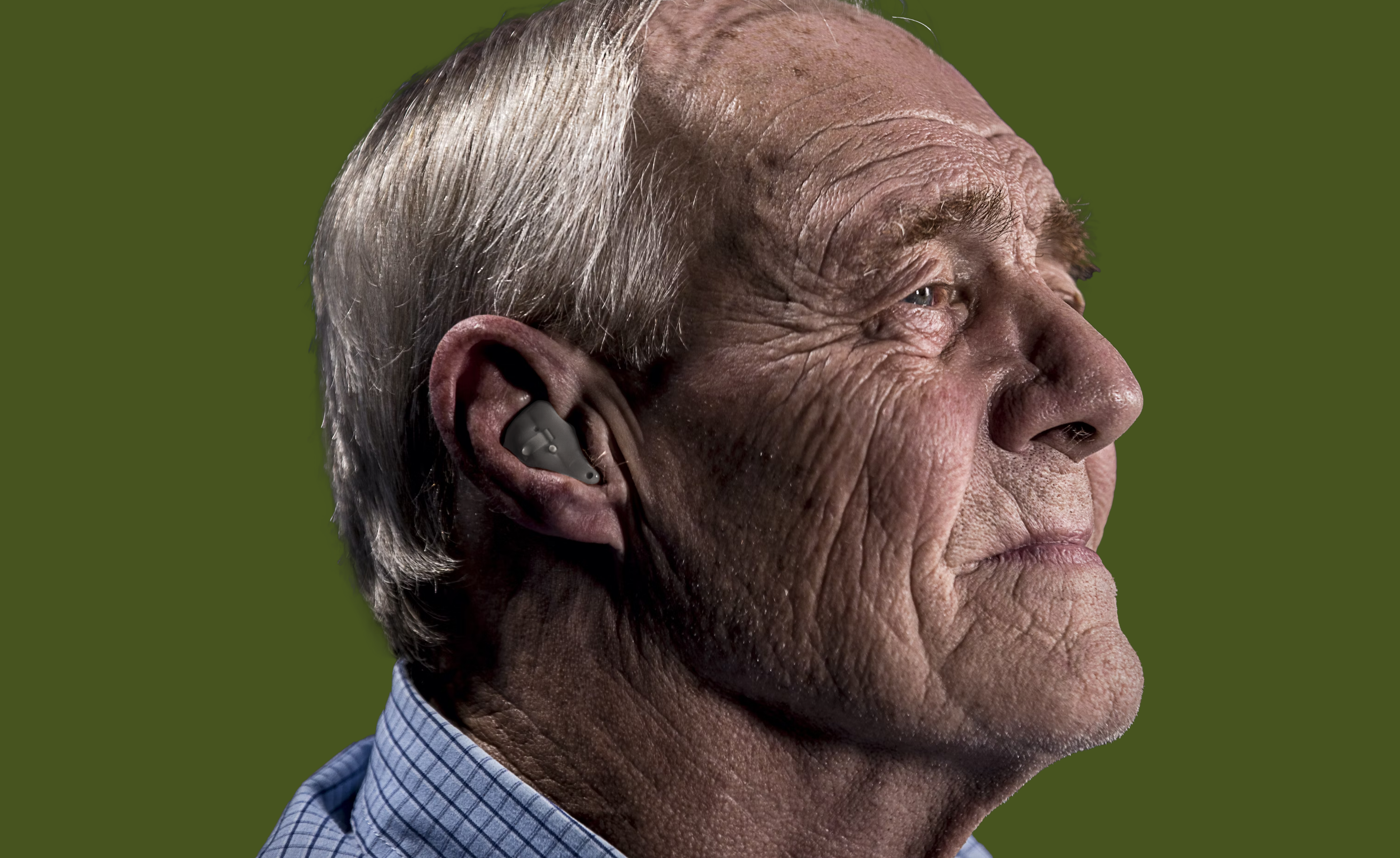
Earlens
Earlens and ASMBL: Redefining Hearing Aid Accessibility Through iOS Integration

By Joel Cummings
5/5/2023
Overview
Learn about the development process behind the Earlens iOS Companion App, which combines cutting-edge technology with user-centric design to transform the way people interact with their hearing aids.
Earlens is a new type of Bluetooth-enabled hearing aid that converts sound to light, creating a wide bandwidth of sound and eliminating the major source of whistling that troubles conventional hearing aid.
Challenge: integrating sophisticated features while adhering to FDA guidelines
When Earlens approached Assemble to write a companion app for their new smart hearing aid product, we saw it as an amazing opportunity to marry a cutting-edge medical device with growing accessibility features built into iOS. We realized this could be a hardware-integrated application truly useful to humans, not only by improving fuller-spectrum hearing but by making use of Apple’s Made for iPhone proprietary program to add sophisticated microphone and configuration features. Earlens is classified, grouped, and regulated by the FDA to ensure the safety and effectiveness of the device. Earlens hearing aids are classified as a Class II, which means that they must use the controls put forth by the FDA when it comes to labeling, marketing, design, and development. Class II also requires beta testing or clinical trials with actual customers. Safety and efficacy were paramount in this process. We worked within the guidelines to deliver a product in line with the FDA approval processes that also met the end-user's needs. We partnered with Earlens to architect and develop an iOS app that allows patients, audiologists, and ENTs to communicate with ease—making adjustments to ensure the most optimal and personalized experience for Earlens users.
Approach: coordinate with Apple throughout development and leverage agile development principles to allow frequent feedback from Earlens
Bluetooth/iOS integrators will attest to the struggles of Apple’s Made for iPhone program: a complex technology that allows third-party devices to become part of Apple’s ecosystem. This process requires careful coordination with and approval from Apple, as well as integration with their process.
Navigating both FDA approval and MFi programs, we leveraged agile development principles, establishing a regular cadence of check-ins with stakeholders. With Earlens specifically, we worked in two-week sprints. This gave Earlens a direct line of sight into our processes, leaving ample time and space for feedback and revisions. This kind of transparency not only builds trust with our clients but also ensures that we are being the most efficient with our time and resources—creating cost savings, which means that we can do more with less.
Our engagement with Earlens was over the course of three years. A lot can change with a single app in the span of a year. But the agile process allows for swift changes.
Solution: use Apple’s Made for iPhone program to deliver a Bluetooth-integrated app with UX as the priority
The Earlens iOS companion app is about marrying simplicity with functionality. Assemble worked with Earlens to create a product that meets iOS Bluetooth standards yet is completely intuitive to use.
Whether it’s changing the volume, treble, or bass, the Earlens app allows users to quickly and easily adapt to their surroundings, from a crowded movie theater to their grandkids' living room. There’s also an option to switch seamlessly between presets for everyday conversations, phone calls, and even video streaming. These features are all made possible with the help of Apple’s Made for iPhone proprietary program.
The Earlens UI was designed to meet certain specifications, but, most importantly, it was designed with the audience in mind. We implemented an iOS app with strategically simple user controls to fit Earlens’s target demographic. The buttons are big. The equalizer is easy to use. The app also shows battery levels so users know when it’s time to recharge. The Earlens app proves that form and function are not mutually exclusive.